|
The Sound in the Museum
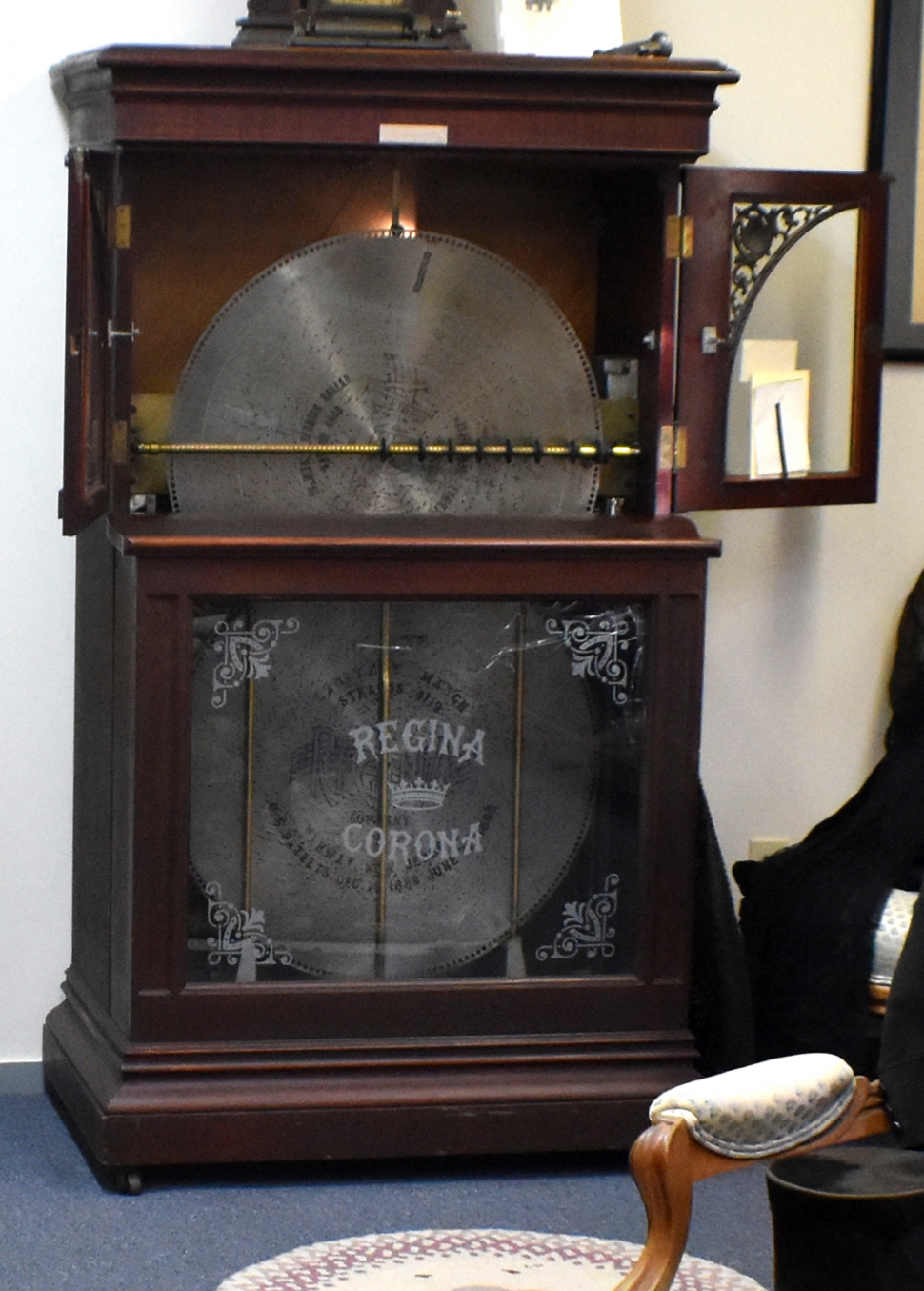 Pictured above is the Regina Music Box which is located on the first floor of the Rancho Sespe Bunkhouse. Photos courtesy Fillmore Historical Museum. By Gazette Staff Writers — Friday, August 19th, 2022
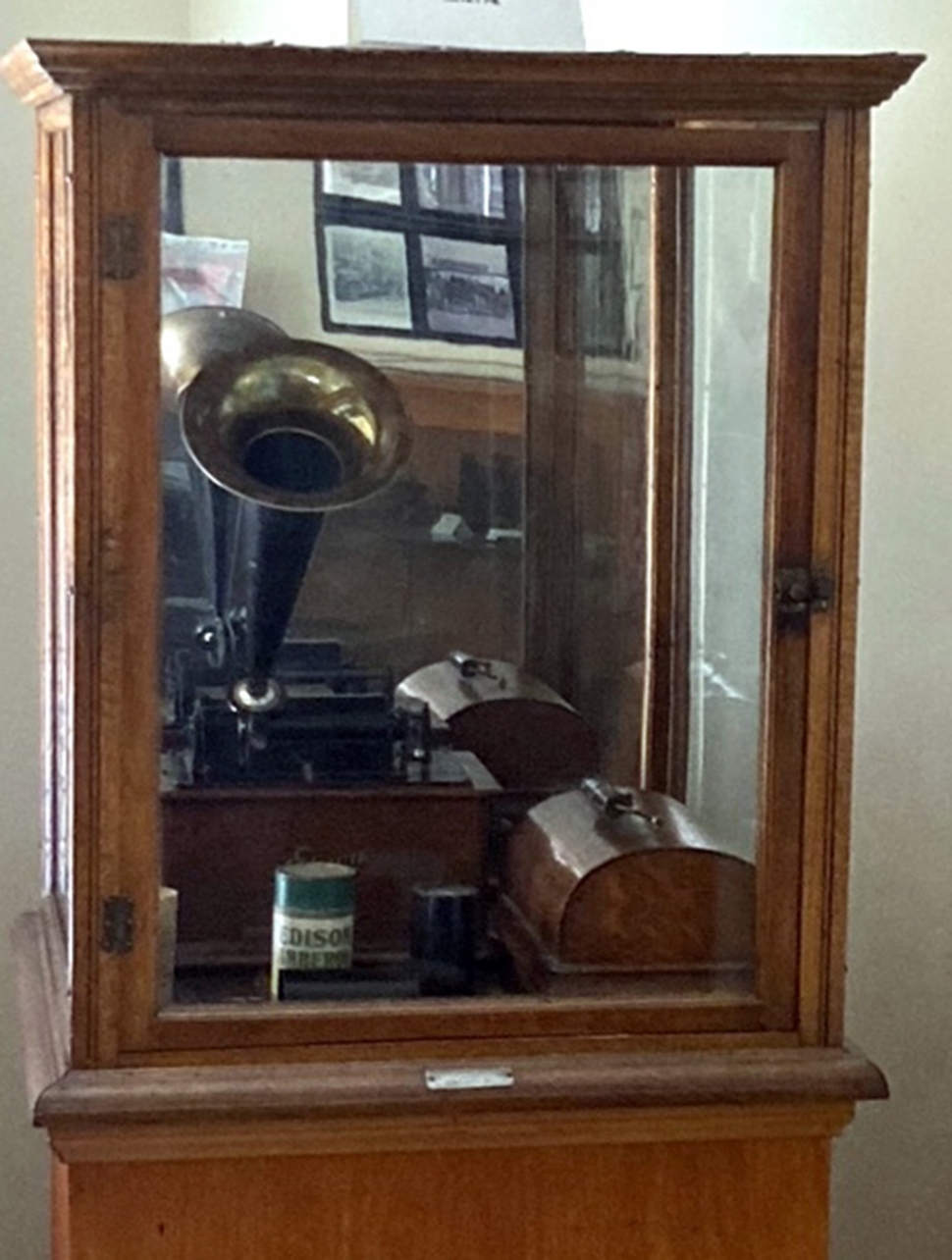 Pictured above is an Edison Cylinder player, the earliest is an Edison “Standard” cylinder player they were popular between 1898 - 1913, there ahs been one in the Museum from after 1908 since it plays a 4-minute cylinder. 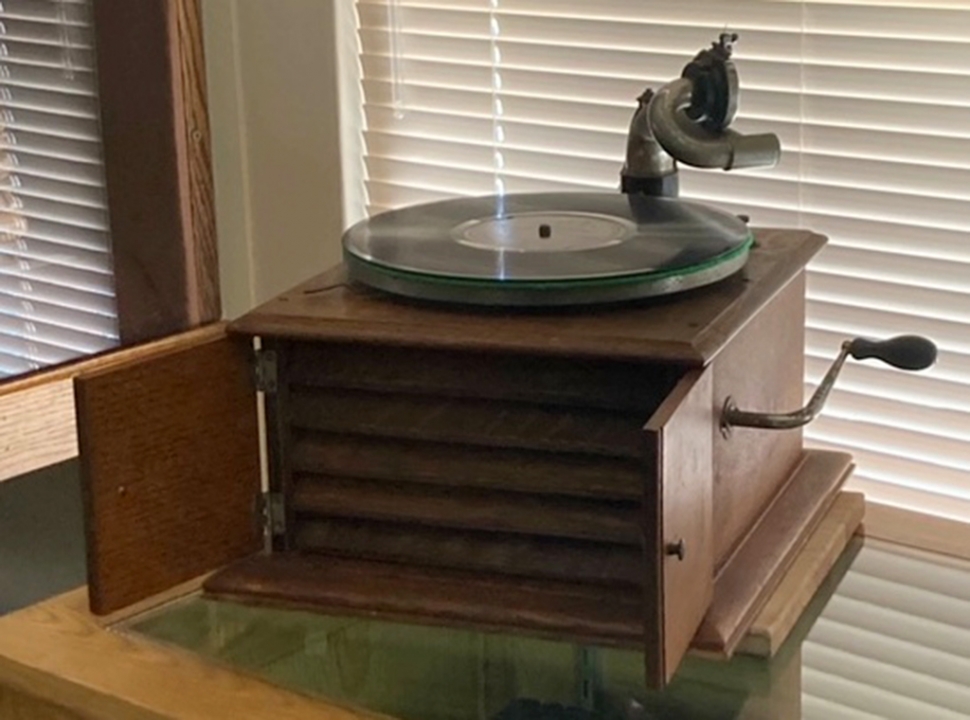 Victrola VV-VI 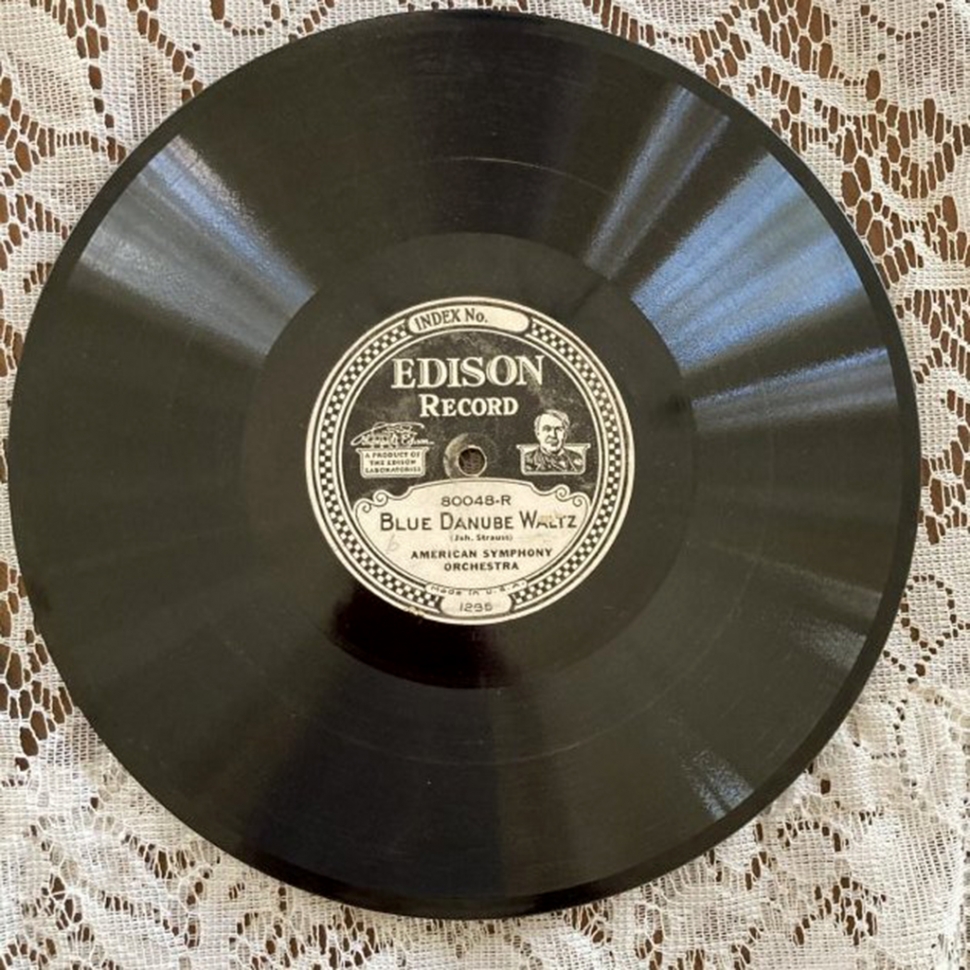 Edison recording of the Blue Danube Waltz 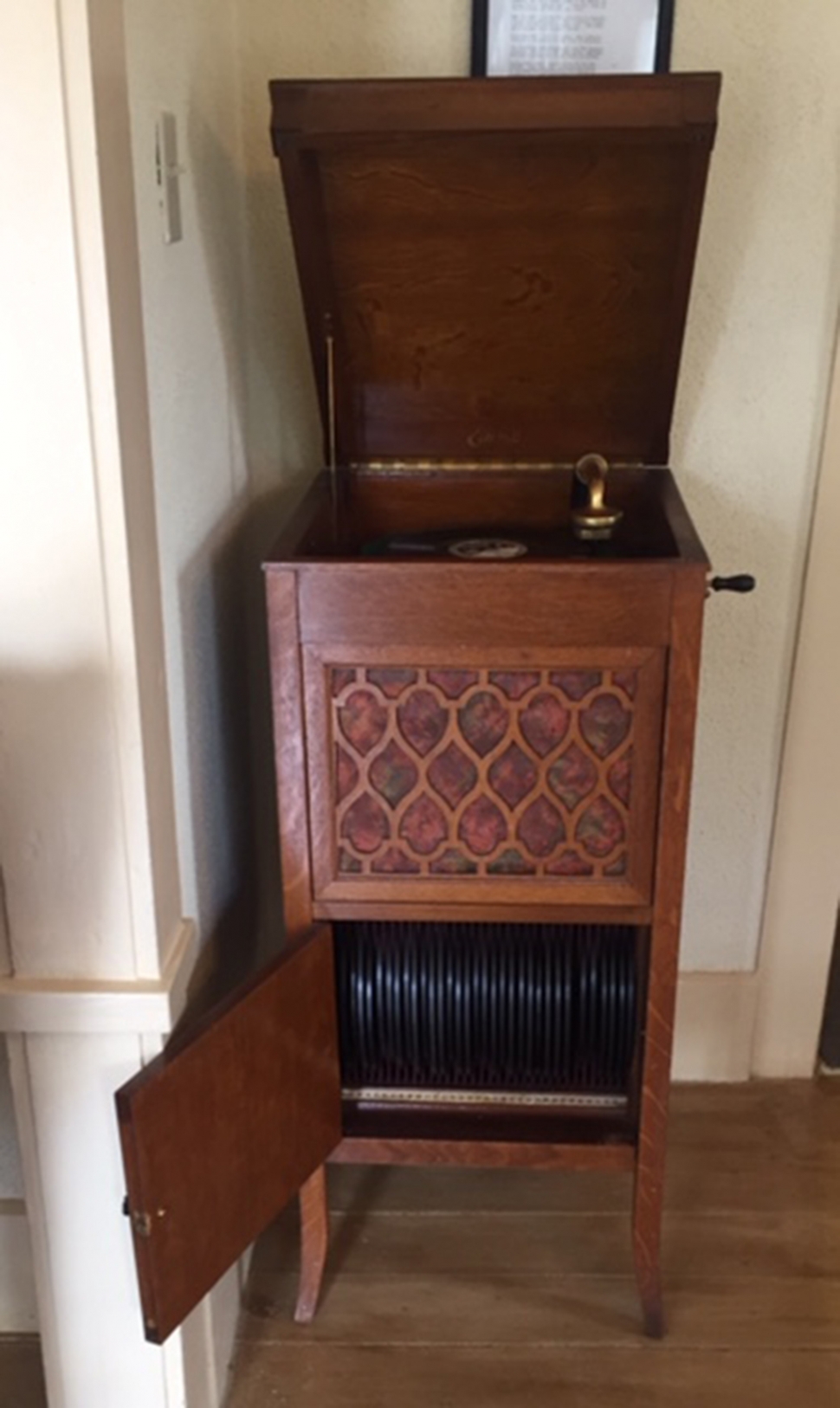 Edison Phonograph 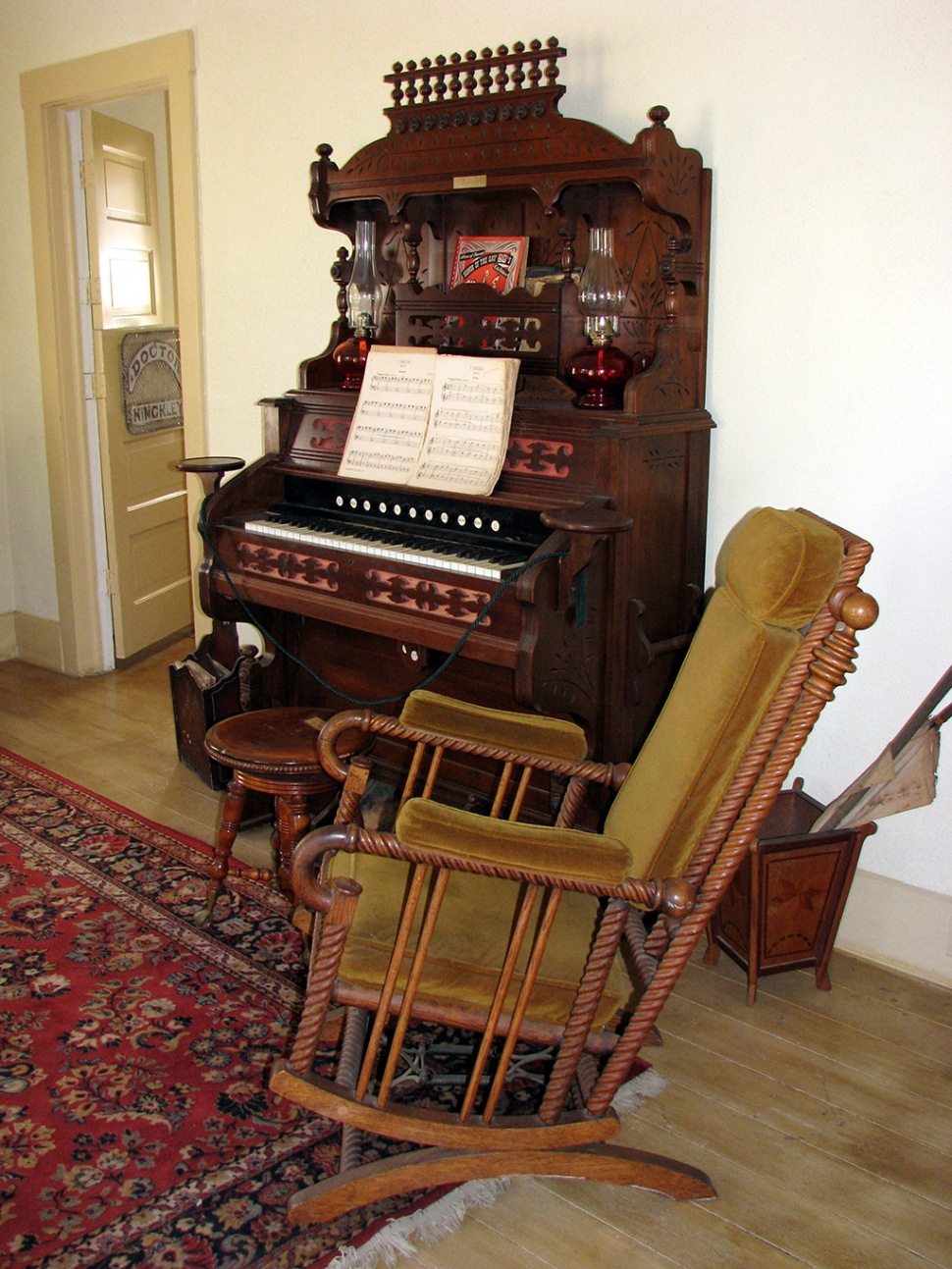 Arundell Pump Organ 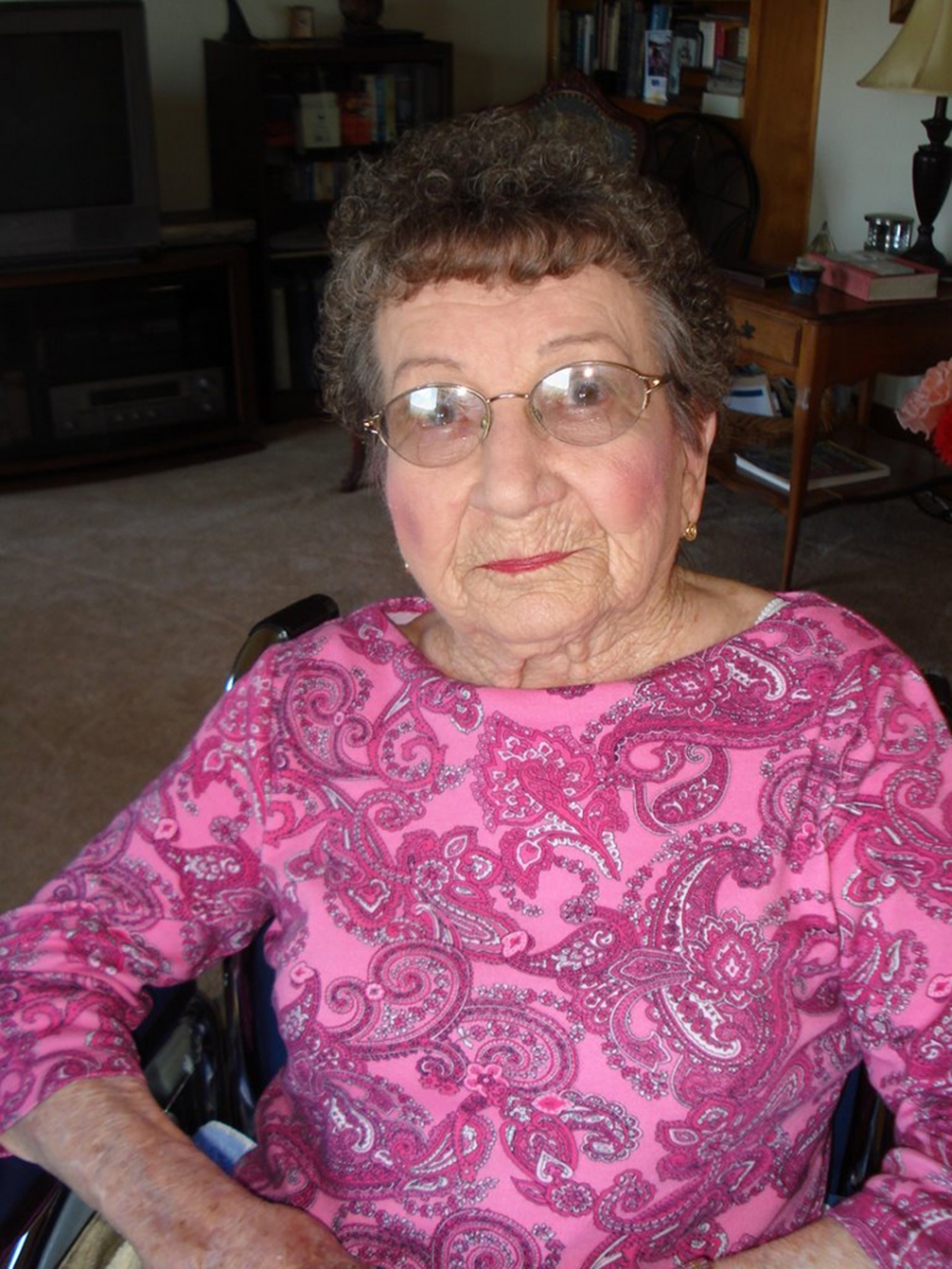 Thelma McCauley Shaw, St. Francis Dam Flood survivor. Courtesy Fillmore Historical Museum Museums are often thought of as quiet places with people murmuring to each other about the exhibits. The Fillmore Historical Museum is full of sound! Almost every building has an element of sound. Let’s start with the 1887 Southern Pacific Depot. Anyone who has ever visited on a school tour will remember the loud clang of the Bardsdale school bell, but that’s not the only sound. Visitors will see QR codes throughout the Museum. Often these take you to our website for more information about what you are seeing. In some cases, however, they take you to audio or video clips. Two in the Depot are a Sunkist commercial filmed in Bardsdale and Thelma McCauley Shaw, a Bardsdale resident, recounting her survival of the St. Francis Dam flood when the rest of her family was killed. Other QR codes that can be found in the 1919 Rancho Sespe #2 Bunkhouse will take you to audio clips. Would you like to hear L. W. Fansler and his daughter, Goldie, who are depicted in a photo playing the violin and piano respectively? Or how about “Santa Clara Valley,” by local dentist Jim Bliss? Tex Ritter played it at a Fillmore Festival in 1954 (unfortunately we haven’t found a recording of that performance). Or how about the “Sunkist Waltz” that was written by Walter Sutton of Piru in 1915? Follow the QR codes and you can hear all of that and more. It's not just QR codes which can sound off. In the 1919 Hinckley House is an Edison Model H19 Hepplewhite disc phonograph which was given to us by Marion Beem and dates from between 1919 and 1927. The docents are more than ready to play the “Blue Danube Waltz” by Johann Strauss, II, for you. If you are lucky, the docent might be able to play at least a scale on the pump organ in the home’s parlor which once graced the Arundell Adobe on Pole Creek. The Rancho Sespe Bunkhouse is especially blessed with sound. On the first floor is the Regina Music Box. Built about 1902 by the Regina Music Box company of Rahway, New Jersey, it was used in the Star Vaudeville Theatre on Fillmore Street in Fillmore. It can hold 12 – 27” discs and will automatically change the discs. This was a gift from the Carl Burson family. Upstairs visitors will find the south end of the large display room dedicated to music. Besides displays on various musical groups that entertained Fillmore from the turn of the twentieth century to today, there is an exhibit on machines which reproduced sound. The earliest is an Edison “Standard” cylinder player. These were popular between 1898 and 1913, with the one in the Museum from after 1908 since it plays a 4-minute cylinder (earlier were only 2 minutes). The cylinders are easily broken. The Museum has several and you can hear them, either live or through a QR code. One item the Museum is incredibly lucky to be able to demonstrate is a Victrola model VV-VI, or Victrola the Sixth, internal horn phonograph. It was a “no-frills” phonograph when it was introduced in 1911 and was produced for 11 years. The original selling price was $25.00 which equates to about $750 today! Still out of the range of most people. Ours was given to us by Juanita Hammond Elkins and was found during the pandemic in our storage box car. It was in sad condition and not playable. Who should appear but one of our dedicated volunteers, K. C. Staples. K. C. said, give it to me and I’ll see if I can get it working. Obviously, he did because now you can hear Billy Murray sing “Come to the Cabaret” or at Christmas, “Stille Nacht” (Silent Night). You’ll see in the display case other sound machines – most of which are playable. These include a wire (not tape) recorder, also restored by K. C., radios from the 1920s through 1950s, a cassette tape recorder, atransistor radio from the 1950s and even an MP3 player. Now many may not consider an MP3 player to be an historical artifact, but most people under twenty do not know what they are. We are looking for a Sony Walkman to add to the display. So next time (or maybe the first time) you visit the Fillmore Historical Museum, don’t just look around – but listen for the sound. |
